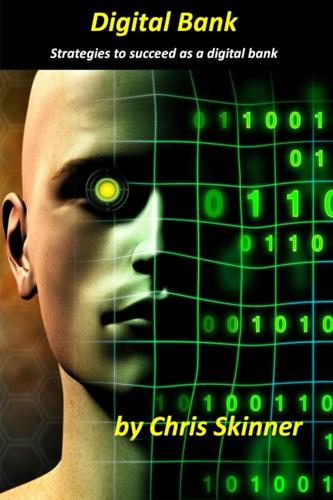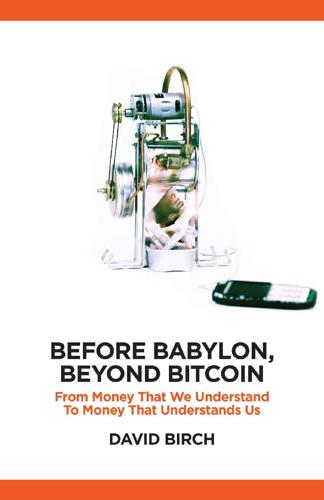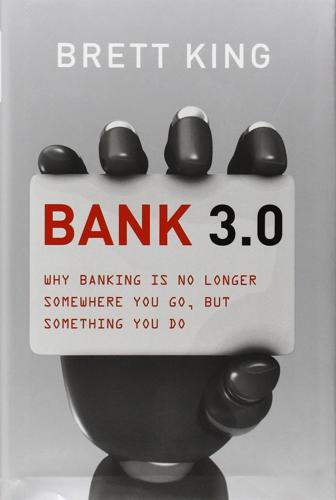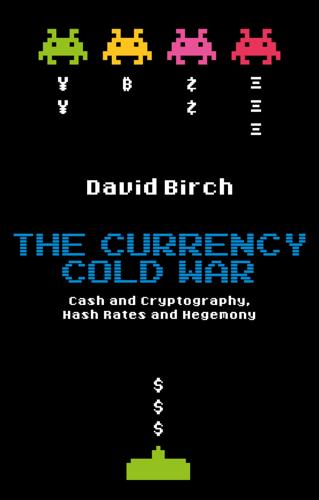Pingit
description: mobile payment service by Barclays, allowing users to send and receive money using mobile phone numbers, aimed at simplifying transactions without the need for bank details
4 results

Digital Bank: Strategies for Launching or Becoming a Digital Bank
by
Chris Skinner
Published 27 Aug 2013
The constraint however is that it is card-based and not as easy to use as a mobile. Then that all changed when Barclays launched Pingit. Pingit is a PayPal-style mobile app offering simple peer-to-peer mobile payment, whether you are a Barclays’ customer or not. Developed internally by Barclays through a private cloud service, it was launched in February 2012, and the ad campaign started in April. What proved interesting in the launch is the speed of use of Pingit. From day one in February, people were downloading the app fast – 120,000 in the first five days, over 400,000 by mid-April and 500,000 by May 9th.
…
What really helped is that Apple highlighted Pingit as a showcase app, due to its fast download numbers rising, and that #Pingit was the second highest trending topic on twitter the day after launch. Barclays then said that they were surprised at the uptake in usage volumes, and how the average transaction had been anticipated around the £25 mark but was, so far, averaging around £75 per transaction and increasing. The demographics prove interesting: 29% of users are 18-25 years old; 37% are 26-35; 26% are 35-50; and 7% are over 50. The real power of Pingit is that it is a really simple idea – use Barclays to send mobile payments – and, more than this, that it’s a method of capturing the consumers’ and corporates’ attention.
…
The real power of Pingit is that it is a really simple idea – use Barclays to send mobile payments – and, more than this, that it’s a method of capturing the consumers’ and corporates’ attention. The reason being that the app sits on your phone with Barclays branding all over it, whether you are a Barclays customer or not. This is why, in May 2012, Barclays went one step further and launched Barclays’ Pingit for Corporates. Now they’re pushing for merchants to offer Pingit via simple QR codes and Corporate Identifiers. The idea of the Corporate ID is that firms can buy Pingit accounts such that customers just put in “Tesco” or “Waterstones” and the payment is made without needing to know the company’s account numbers or other details. That’s pretty cool. Even better is that you can embed all the data you need in a QR code.

Before Babylon, Beyond Bitcoin: From Money That We Understand to Money That Understands Us (Perspectives)
by
David Birch
Published 14 Jun 2017
In the United Kingdom we have two mobile A2A front ends to interbank payments: the aforementioned PingIt, offered by Barclays, and Paym, offered by everyone else. Paym has around 2 million people registered and it transferred around £26 million in 2014. We happen to be a Barclays-centric household so I use PingIt all the time and find it very convenient. I was very excited, therefore, back in February 2015 when they extended their addressing from mobile phone numbers to Twitter handles! (If you want to try this out for yourself while supporting a good cause, by the way, simply fire up the PingIt app on your mobile phone, select a modest amount for test purposes – say, £250 – and send it to @dgwbirch.
…
Provided the consumer has some ‘token’ to identify the relevant bank account, why can’t they just give this token to the merchant and have the merchant go directly to the bank account to get their money? One day soon, my Waitrose app will obtain tokens from my V.me wallet, my MasterPass wallet, my PingIt app, my Zapp app and any other wallets it can find on my phone through a standard discovery process and a standard API. Then, when I check out at Waitrose my app will pop up and take care of business. Maybe I will have configured my MasterPass wallet, which is where my John Lewis MasterCard will be stored, to allow the Waitrose app to charge £100 without additional authorization.
…
(My good friend Kristian Sorensen tells me that to accommodate strong opposition from the government’s right wing coalition partners, the proposal was eventually replaced with a more lightweight approach, where only certain types of merchant during specific times of the day are allowed to refuse cash. Petrol stations can refuse cash at night, for example.) Once again, it’s the mobile phone that is the enabler. Most of the adult population of Denmark use MobilePay, the mobile-initiated account-to-account immediate-payment service (the equivalent of Zelle in the United States or Pingit in the United Kingdom), which was introduced by Danske Bank in Denmark. It was launched in 2013 and has attracted more than 3.4 million users out of a population of 5.7 million, which, when you look at the demographics, means that it already has around 70 per cent of its total addressable market (i.e.

Bank 3.0: Why Banking Is No Longer Somewhere You Go but Something You Do
by
Brett King
Published 26 Dec 2012
In the majority of cases the features and functions of mobile banking are not dissimilar to those of Internet banking, only optimised for a smaller screen. In some cases, banks have elected to add services such as a location-based directory of branches and ATMs, and loyalty discounts. With the recent news that Barclays’ PingIt had 120,000 downloads in its first five days, that Square already has more than two million merchants on its payments platform (around a quarter of all US card merchants/retailers), that Starbucks is doing 25 per cent of its North American payments via a cardless app13—it seems like mobile payments are taking off phenomenally.
…
If not, we simply go to the POPMoney website, register and give the bank account details of where we would like it deposited, and POPMoney uses the SWIFT network to finalise the transaction for us. Chase launched QuickPay in 2010 as a competitor to the likes of PayPal, primarily driven from a mobile phone app that enables P2P payments. Barclays, not to be outdone, launched PingIt in 2011—specifically via mobile. In neither case do we need to be a customer of the bank. In 2011, JPMorgan Chase, BofA and Wells Fargo upped the ante by forming ClearXchange, designed to facilitate a future P2P capability between three of the largest banks in the US—only 11 years after PayPal launched the same.
…
NFC: Near Field Communication—a short-range high-frequency wireless communication technology which enables the exchange of data between devices over about a 10-centimetre distance OCR: Optical Character Recognition OpEx: Operating Expense OLED: Organic Light-Emitting Diode (also Organic Electro-luminescent Device OELD)—an LED whose electroluminescent layer is composed of a film of organic compounds. OTC: Over the Counter—refers to physical transactions or trades done on behalf of a customer by a trader or customer representative who has access to a specific closed financial system or network. PayPal: A leading P2P payment provider; others include Square, i-Zettle, ClearXchange, Dwolla, PingIt, PopMoney, QuickPay, Vermo, ZashPay. PCI compliant: Complying with Payment Card Industry data security standards. PFM: Personal Financial Management PPC: Pay-per-Click; a method of paying for appearing in search engine results by bidding and paying for specific keywords; you then pay at the successful bid rate every time a user/visitor clicks on your link.

The Currency Cold War: Cash and Cryptography, Hash Rates and Hegemony
by
David G. W. Birch
Published 14 Apr 2020
I think it is unrealistic to imagine that this standard will be allowed by the authorities, although whether they will be able to do anything about it is another matter – one that we will return to later when we think about what digital money should do for the new economy. Let us continue with this line of thinking and say that digital money is a form of e-cash. The crucial distinction between e-money and e-cash is that, if I want to pay you for something, I can send e-money to your bank account, but that is it; I cannot use Pingit or Venmo to put money into your pocket, only into an account somewhere. However, e-cash is just like physical cash: if I send it to you, it is yours. You can stick it in the bank if you want to, or you can leave it in your smartphone, your television or your car: it is up to you. This is the really big distinction between the e-money of the modern age – the debit card in everyone’s pocket – and the e-cash of the coming age.